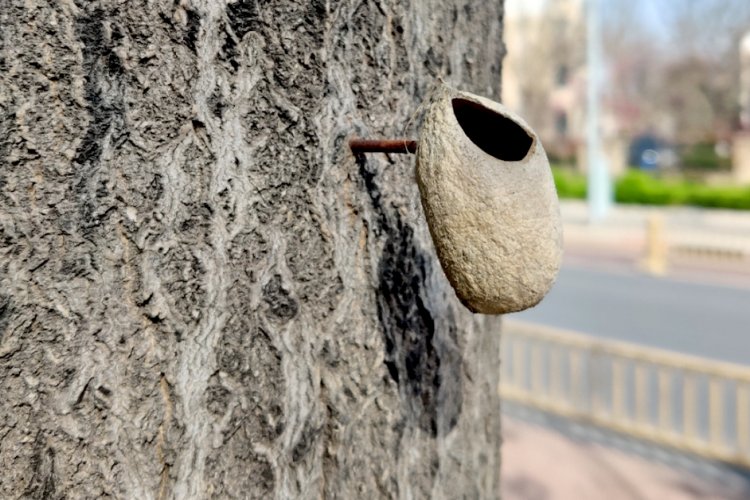Seismic Shunyi: New Study Doubles the Estimated Number of Fault Lines Under Beijing
A new study has discovered the number of fault lines under Beijing is twice the number than previously thought. The scientific paper, published in the Chinese Journal of Geophysics earlier this month, found that Beijing currently has 15 major active fault lines, up from the previously known seven, and sheds light on the extent to which the ground below the capital is unstable.
Disconcertingly for the capital, some of the most active fault lines are found underneath the city's most rapidly developing areas, as reported by the South China Morning Post. Those include Huairou, the location of various ongoing advanced military research projects, as well as Daxing, home to the capital's new airport and a budding hi-tech industry zone. Perhaps most concerning for the expats who live there is that Shunyi also sits atop one of the newly identified fault lines.
Larger historical sites such as the Forbidden City and Temple of Heaven are also on or near to existing fault lines but the lower levels of "stress" found in these areas led the researchers to believe that they are no longer active.

The study, undertaken by the Beijing Institute of Geo-exploration Technology and China Geological Survey, used gravity mapping techniques to detect the fault lines – fractures in the rock bed that produce earthquakes – to measure the amount of geological pressure acting upon them. Those areas with higher stress at the fracture have denser rock formations, causing gravitational anomalies that can be picked up by specialized instruments on the ground or in space.

According to some of the earliest records from a staggering 1,700 years ago, Beijing has experienced 600 earthquakes with numerous estimated to have exceeded magnitude 7. The most notable earthquake in recent years occurred in the summer of 1976, in Hebei's Tangshan, 150km south of Beijing. The magnitude 7.6 earthquake killed over 240,000 people, including 50 in Beijing, earning it the title of the second-most deadly earthquake in the 20th century. Even as recently as December of 2019, Tangshan experienced a 4.4 magnitude earthquake, bringing back painful memories for the many residents who lived through the catastrophic event 45 years ago.
For now, while we're gradually understanding more about why Beijing and surrounding areas experience such seismic tremors, only time will tell when the next big quake will hit.
READ: Beijing Tremors a Ghostly Reminder of Catastrophic 1976 Tangshan Quake
Images: China Daily, Wikipedia, ThoughtCo.







